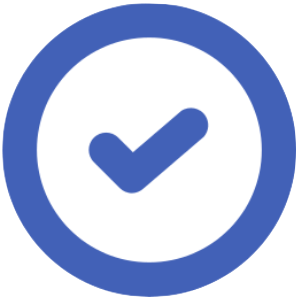 YOUTUBE VIDEO:
https://www.youtube.com/watch?v=nov1vD5SbIA
YOUTUBE VIDEO:
https://www.youtube.com/watch?v=nov1vD5SbIA
 Side Hustles ESL Lesson Plan Description
Side Hustles ESL Lesson Plan Description
OVERVIEW & OBJECTIVES
This side hustles ESL lesson plan offers engaging activities, PDF worksheets, and digital materials designed for intermediate B1-B2 students. In this lesson, students will:
- Explore what side hustles are and discuss why people pursue them.
- Build vocabulary with terms and idiomatic phrases related to side hustles.
- Watch a video about Australians finding creative side hustles to make ends meet.
- Reflect on personal experiences and preferences related to side hustles through guided discussions.
- Participate in a workshop to design and present their own side hustle ideas.
PREVIEW & DISCUSSION
Students begin this ESL lesson plan about side hustles by examining images of people engaged in different side hustles, such as driving for Uber, creating content, and doing manual labor. They discuss what a side hustle is and brainstorm reasons people might take one on, including financial pressures or personal goals. Students answer thought-provoking questions, sharing any side hustle experiences they’ve had or imagining what type of side hustle they might excel at. Next, students complete sentences with provided phrases like "a cost of living squeeze" and "recurring customers," followed by defining these phrases in their own words. They connect the ideas to their lives and discuss which scenarios feel most relevant or applicable.
VIEWING ACTIVITY
The video showcases Australians tackling rising living costs by starting side hustles, including Mick’s car-cleaning business, Heidi’s dog cake venture, and Frank’s painting work. Students start by identifying each person’s main job and side hustle, then fill in key details about the most profitable side hustles mentioned, such as renting rooms or pursuing hobbies. They complete comprehension exercises, such as choosing the correct words from the video and discussing what people should consider before starting a side hustle. These tasks encourage active listening and critical thinking about the challenges and rewards of side hustles.
DISCUSSION & IDIOMATIC PHRASES
Students engage in a discussion about whether they could see themselves pursuing any of the side hustles mentioned in the video and why. They also consider which types of side hustles wouldn’t suit their personalities or skills. Next, students analyze statements made by the video’s featured individuals, focusing on bolded idiomatic phrases like “come in handy” and “snowball.” They define these phrases based on context, deepening their understanding. Finally, students create their own statements about hypothetical side hustles using the same idioms, fostering vocabulary retention and contextual use.
THE SIDE HUSTLE WORKSHOP: IMAGINE & INNOVATE
Students participate in “The Side Hustle Workshop: Imagine & Innovate.” In Option A, students individually choose or create a side hustle that aligns with their interests and discuss their plans with a partner or the teacher. They answer questions about the skills they bring to the table, challenges they might face, and their ability to manage responsibilities or make key decisions. In Option B, students delve into discussion topics that relate side hustle skills, challenges, and personal successes to broader workplace experiences. Both options provide ample opportunities to use new vocabulary and idioms while honing conversational fluency.
BENEFITS OF USING THIS SIDE HUSTLES ESL LESSON PLAN
This lesson plan offers teachers a dynamic and practical way to engage intermediate students while teaching relevant vocabulary and idioms. Students improve their listening comprehension, gain confidence discussing real-world topics, and develop critical thinking skills through guided discussions. The creative workshop activity enhances fluency and builds on learners’ interests. This lesson also encourages personalization, helping students connect the topic to their own lives, which boosts engagement and language retention.
 Video Description
Video Description
 Lesson Activities
Lesson Activities
Side Hustles, Income, Jobs, Entrepreneurship, Financial Challenges
Table (main occupations & side hustles), Missing Information Gap-fill, Word Choice
Adjective + Noun Phrases, Idiomatic Phrases
Side Hustle Workshop, Quiz & Review, Lesson Reflection
 Lesson Topics
Lesson Topics
Side Hustles, Income, Jobs, Entrepreneurship, Financial Challenges


 Like us on facebook
Like us on facebook
